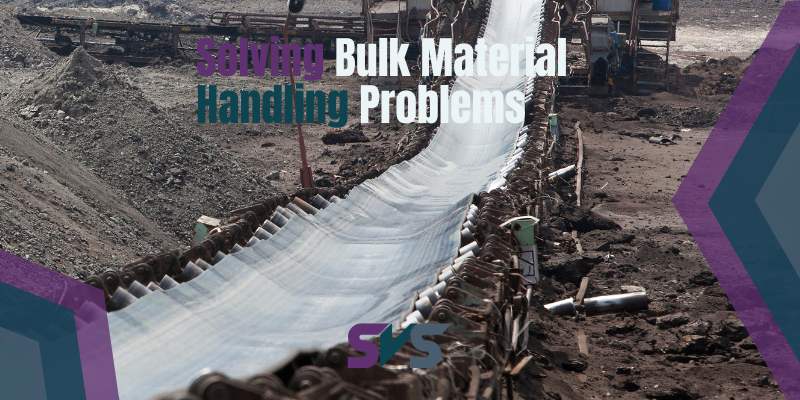17 March, 2022
Belt Vulcanising is the process of joining two pieces of rubber together to repair tears, holes, and other repairable damage caused to the belt over time. While the aims of the process remain mostly the same, the method of carrying it out can change depending on the job at hand. There are generally 3 types of vulcanising; hot, cold, and clipped. Each are used in specific situations and solve different issues.
What is Hot Vulcanising?

Hot vulcanising is the process of using heat and pressure to join rubber together. It’s often used to repair holes, tears, or cuts in the belt and is well regarded as being one of the better options for continued longevity. The damaged portion of the belt is usually trimmed down or removed and a new section bonded in place. After which, specialised equipment is then used to heat and melt the rubber until it joins. This results in a much stronger and longer lasting joint.
However, this method requires the belt to be cleaned and for any oily or greasy substances to be removed. Not doing so before beginning the process of hot vulcanisation can result in failed joining of the belt. The weather and humidity must also be taken into account. Another drawback is the length of time that it takes to complete. This makes this particular method more suitable for environments in which cleaning is possible, the temperature and humidity is right, and time is not a high priority.
Overall, hot vulcanising provides the most strength of any other type of vulcanising. It’s ideal for uses in which strength and longevity are a number 1 priority, but can lead to far longer repair times due to processes involved.
What is Cold Vulcanising?

Cold Vulcanising, unlike hot vulcanising, requires no specialist equipment to heat the rubber. Instead it uses an adhesive to join the sections of rubber together, resulting in a much quicker lead time and less expensive solution. This type of vulcanising is ideal for times where time is of the essence and the conveyor belt must be repaired quickly.
While this method is quick and often far more affordable compared to hot vulcanising, it tends to have a shorter service life. The bond between the pieces of rubber can be worn away over time, allowing water and other materials to penetrate through the rubber. It’s for this reason that we recommend cold vulcanising as a quick fix with the intention to repair with a long-term solution later on. Like hot vulcanising, the weather and humidity must be taken into account to ensure that the environment is right for the bonding agent to work correctly.
Overall, cold vulcanising is a great “quick fix” method that takes basically no specialist equipment to carry out, making it affordable too. The issue with it arises much further down the line as the adhesive starts to wear away and a long-term solution is really required. Like hot vulcanising, the weather can also be a deciding factor and needs to be taken into account.
What is Clipped Vulcanising?

Clipped vulcanising, often referred to as mechanical splicing, is a method of repairing and connecting belts without using heat or adhesive. Instead, fasteners, like the ones from Flex Co (pictured above), are used to secure the two belts together. This creates a strong joint in the belt that will last a long time, without the time consuming processes required with hot vulcanising. This method can also be applied in all weather conditions, unlike cold or hot vulcanising. The fact the joints are easily visible to the eye also means that, when they do eventually start to age, you can spot a belt failure before it actually happens. This massively decreases the risk of unscheduled downtime and allows you to prepare for any downtime that needs to happen in the future.
Using this method can have some drawbacks, however. For example, it is often reported that clipped joints are louder when the conveyor system is working. This can be an issue in some situations but it can usually be amended to work quieter if needed. This type of joint might also be not suitable for higher tension belts. While advances in fastener strength and the use of synthetic belts can alleviate this, it might still be worth taking this into account with higher tension belts.
Overall, clipped vulcanising is extremely useful. While it may not work in some very specific situations, it generally solves most issues with cold and hot vulcanising. It’s quick, strong, and can be applied in all weather conditions – ideal for conveyor belts located in the UK!
We find that some of the best products for clipped vulcanising come from Flex Co. These products are strong, sturdy, and do their job reliably, meaning you can rest easy knowing that your conveyor system is set up for successful operations. Their longevity and ease of installation will save you money both in a short and long period of time.
If you’re interested in what Flex Co clipped vulcanising products can do for the efficiency and smooth running of your conveyor system, get in touch with us at the form below to find out more.




